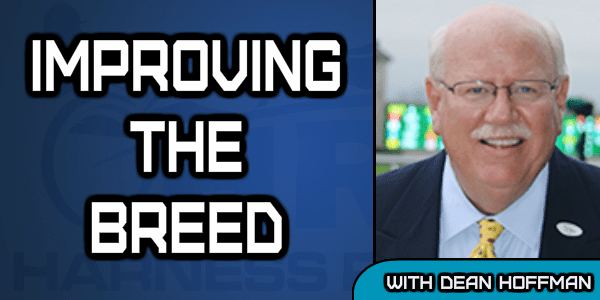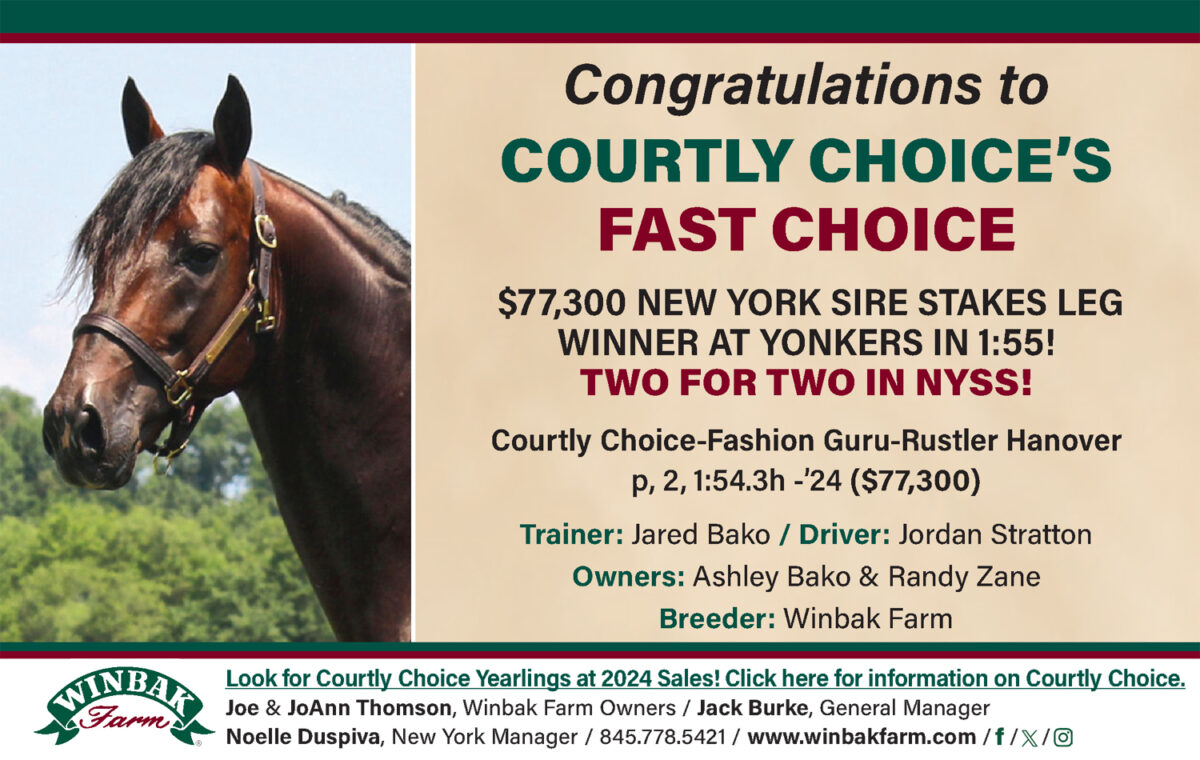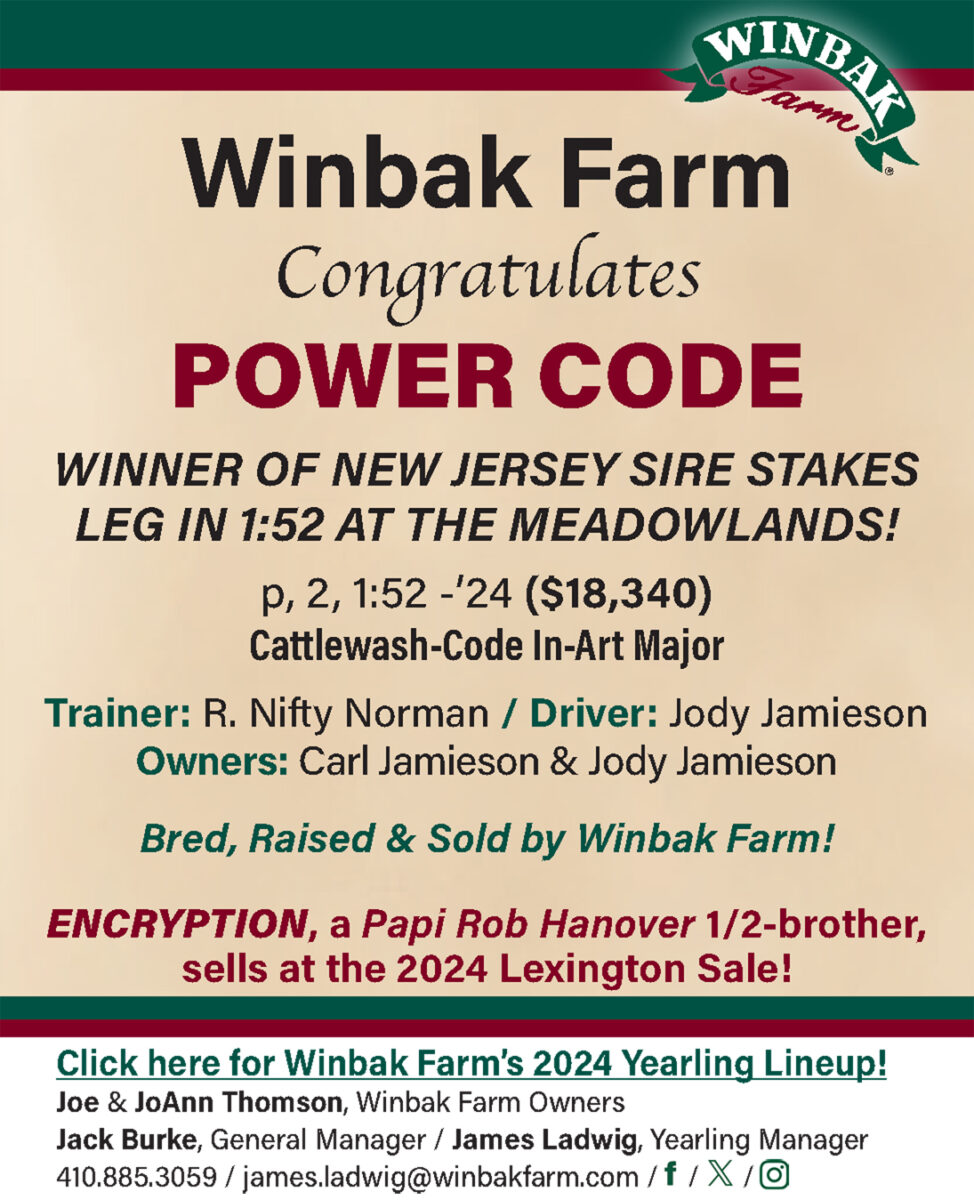

Even the best stallion prospects fail
by Dean A. Hoffman
They are racing’s equivalent of the BMOC (big man on campus) at any college. He’s the quarterback of the football team, the homecoming king, and president of the National Honor Society. Great things await him in the future.
I’m referring to male horses that strut off to the stud barn carrying a boatload of honors: a megagucks bankroll, major stakes wins, and a gold-plated pedigree.
These are the stallion prospects that simply can’t miss.
Yet so many of them do miss, and they are members of the forgotten brigade whose fame fades quickly.
Why do some stallions with every advantage fail to an impact?
We simply don’t know.
It’s a genetic puzzle that man has yet to piece together. And if we ever do solve the puzzle, it will take much of the intrigue out of the breeding business. Then it will truly be that you can breed the best to the best and get the best instead of just hoping for the best.
The roster of stallions of the last 50 years, for example, is like a pyramid with horses such as Adios, Meadow Skipper, Star’s Pride, Speedy Crown, Albatross, Somebeachsomewhere and Muscle Hill at the very pinnacle. The rest of the pyramid is comprised of stallions that achieved varying levels of success. At the base of the pyramid are stallions who failed.
And we all know that a pyramid is much wider at the base than at the pinnacle.
Why, for example, was Meadow Skipper a spectacular success as a stallion while Overtrick, his rival on the track — usually his superior on the track — left little impact. Both were by stallions a few steps out of the mainstream but from strong maternal families. Meadow Skipper sired leaders and Overtrick sired followers.
Lawrence B. Sheppard, the man who built Hanover Shoe Farms into a breeding powerhouse, was proud of his accomplishments, but also realistic that at no time in Hanover’s history was there not at least one failure in the stud barn. Sheppard didn’t cut the failures much slack: he sent them down the road as quickly as possible.
His hand-picked successor John F. Simpson, Sr. encountered the same inevitable fate at Hanover when Florida Pro and later Prakas joined the stallion ranks. Both seemingly had all the qualifications, and yet both failed spectacularly. In doing so, they adversely affected the Hanover broodmare band. What a cruel fate for a young trotting mare to be bred to Florida Pro in the early 1980s and then switched to Prakas. That was a burden too heavy for most mares to bear.
In 1991, Simpson was no longer at the helm of Hanover when the farm grabbed Hambletonian winner Giant Victory. He had a regal pedigree and determination, but he also stabbed a hind leg badly which was readily apparent. Giant Victory also failed.
Or consider the fate of Almahurst Farm in the 1980s when it welcomed Triple Crown winner Ralph Hanover into the stud ranks in 1984 and 1985 Horse of the Year Nihilator immediately thereafter. Ralph Hanover was a monumental failure and Nihilator was off to a shaky start in the stud when he died.
The Armstrong Bros. operation dominated Canadian breeding for years and it had one of the sport’s most resplendent broodmare bands. Stallions located at the farm in Ontario has access to superb mares of both gaits. But those mares were to no avail when the pacing star Jade Prince stood there in starting in 1979 as he was a nothingburger in every way as a stallion.
The same fate befell Armstrong when it grabbed the 1982 Trotter of the Year Jazz Cosmos. He was a product of the popular Speedy Crown—Star’s Pride cross and had consistently been at the top of his class as a sophomore. But all the Armstrong mares couldn’t make Jazz Cosmos into a success.
It happens to all breeding farms. In the stallion business, many are called but few are chosen. There are a lot more mediocre and failed stallions than there are superstars.
No breeding farm is immune to the impact of a sub-standard stallion. The key is to critically appraise a stallion after his first foals race. If he is found lacking, send him packing.
Look at the two well-bred colts who battled to the wire in the 2006 Hambletonian: Glidemaster and Chocalatier. The latter had dominated as a juvenile, but Glidemaster won the Triple Crown the following season. Both were trained by real horsemen, Blair Burgess and Doug Ackerman, not ones with the shadow of drugs clouding their achievements. Glidemaster was by Yankee Glide and Chocalatier by Credit Winner, two stallions whose appeal endures. Chocolatier was from a mouth-watering female family. But both accomplished little. Glidemaster did sire the superb mare Maven and Chocalatier has found redemption in Sweden where he stands for a fee of $7,800. (International pedigree guru Sturla Pettersen says that crossing Chocalatier to Valley Victory-line mares was not the answer and he is now enjoying success at Menhammer Stuteri near Stockholm).
We could go on and on by listing stallions that disappointed their backers. Going back almost a half-century, what about Overcall, the colt stakes star that retired after winning 22 straight races. He was an outcross for all the Adios and Tar Heel blood in vogue in the 1970s and yet Overcall quickly went down in flames.
Another outcross hopeful, the 1976 Horse of the Year Keystone Ore went to Hempt Farm but left very little impact on the breed.
We could go on and add names like Hambletonian winners Yankee Paco and Harmonious, and others.
More stallions fail than succeed. That’s something to remember when appraising unproven stallions.















